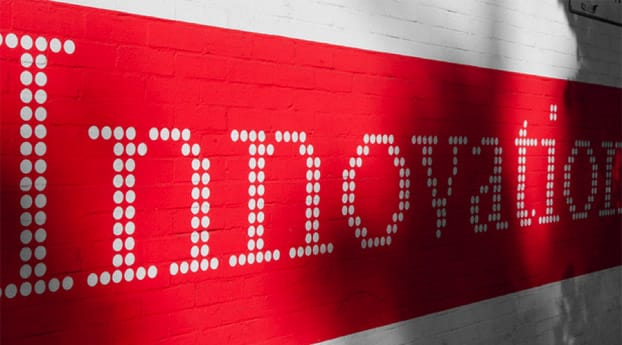Technology Can Play a Critical Role in Successful Reverse Logistics

You already know that technology makes your business run smoother. If you aren’t online, your business will suffer. So why do so many reverse logistics managers refuse to implement two of the most helpful software systems? By implementing a Transportation Management System and a Warehouse Management System, department managers of reverse logistics will find their processes run much more efficiently.
Benefits of implementing a transportation management system (TMS)
A transportation management system (TMS) will manage routes and other transportation-related issues to save money and improve efficiency. Here are some areas where a robust TMS makes a difference:
GPS Tracking: Traffic, road construction, confusing city layouts, and even more issues can cause delays in the return process that can back up the warehouse team and other departments. When the fleet has a GPS on board, managers have 100% control of where their goods are, and can accommodate for delays before they cause issues.
Fuel tracking: Fuel costs have become a necessary but difficult expense to manage for all companies shipping goods. Fuel costs across the entire route help determine the best route to take. For example, if a truck is idling on a route that always has traffic, they’re wasting fuel. Adjusting that route could save money and ensure more efficient trucking.
Route scheduling: Avoiding crossover in trucking routes will help save money. A scheduling option means drivers make the most of their time – whether they’re picking up from multiple locations in a small region or on their way to the warehouse. Successful routes go together with tracking fuel and GPS tracking.
Information accessibility: The information you need to run your reverse supply chain means next to nothing if accessibility to that info is impossible. You’re already using hardware in the warehouse – laptops, desktops, tablets, smartphones – so installing TMS software means quicker access for the Warehouse Manager regardless of where they are in the building.
Is a warehouse management system (WMS) redundant to a TMS?
In short, the answer is no. Though a WMS might coordinate with aspects of fuel, routes, or other transportation issues, the primary function of a WMS is tracking inventory. Incoming and outgoing inventory is what makes or breaks a company. And as you know, returns can account for a substantial loss in profit.
A WMS can tell you the precise location of your goods once they’ve arrived at the warehouse. Through a successful WMS, you’ll be able to track not only the inventory and its precise location, but the people involved in the process. Keeping control of each aspect of the return supply chain means reducing costs by reducing the potential for loss.
Utilizing technology through transportation and warehouse management systems improves efficiency in the flow of goods. A reverse logistics department looking to reduce costs and maintain control of their inventory should implement a TMS and a WMS.
Image credit: Boegh



